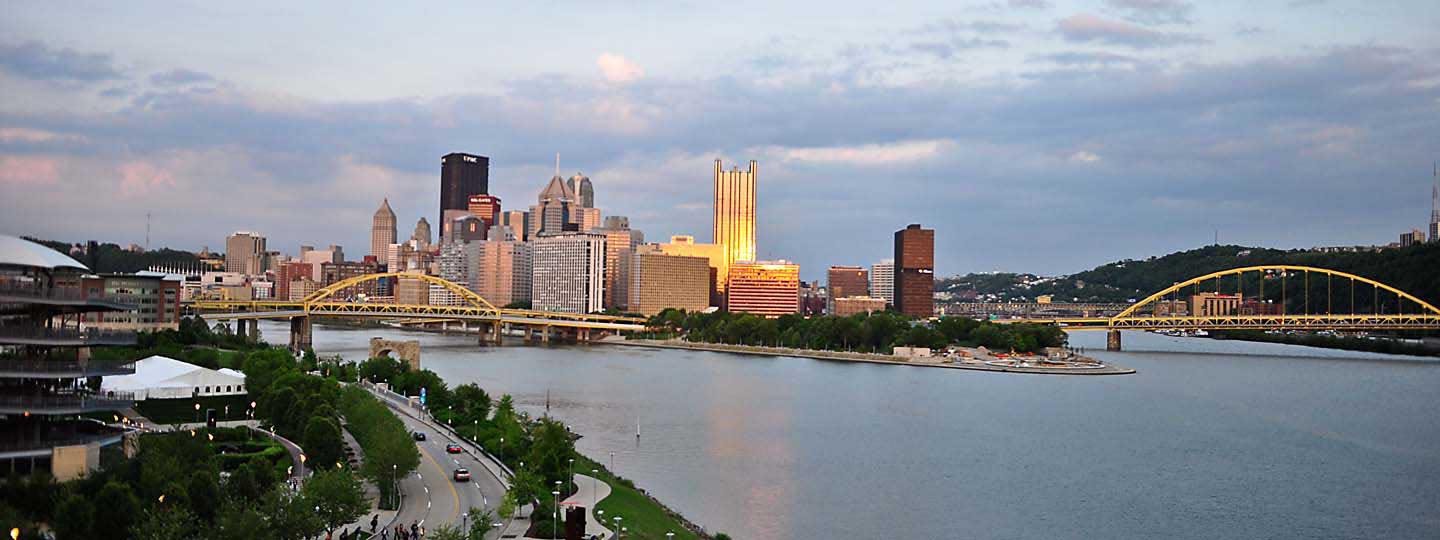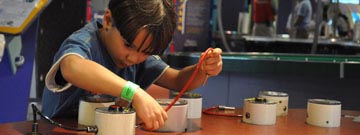Historical Context
It's no coincidence that Pittsburgh was born from the strategic freshwater confluence where the Monongahela (or the Mon as Pittsburghers call it) and Allegheny Rivers form the Ohio River. The city became historically relevant because it joined the east with the Midwest through mineral-rich areas of deposits. By harnessing these rivers, Pittsburgh rapidly rose to international prominence as the "Steel City." But the production of steel was wrought with environmental consequence. For decades the rivers were used for waste disposal. Coupled with smog from industrial pollution, Pittsburgh was likened to hell.
Today we are proud to share the results of Pittsburgh's Environmental Renaissance. Sewage treatment (beginning in 1959), pollution ordinances, and a shift in industry from manufacturing to service and technology all helped to drastically improve river conditions in southwestern Pennsylvania. Iconic Pittsburgh cityscapes often feature the three rivers and numerous bridges. In 2009 Pittsburgh hosted the G-20 summit, and it is routinely recognized as a most "livable city." By harnessing new technologies, scientists have helped to improve and monitor the quality of our rivers. Our rivers now host some of the world's top professional fishing tournaments and are recognized by National Geographic as a kayaking destination!















